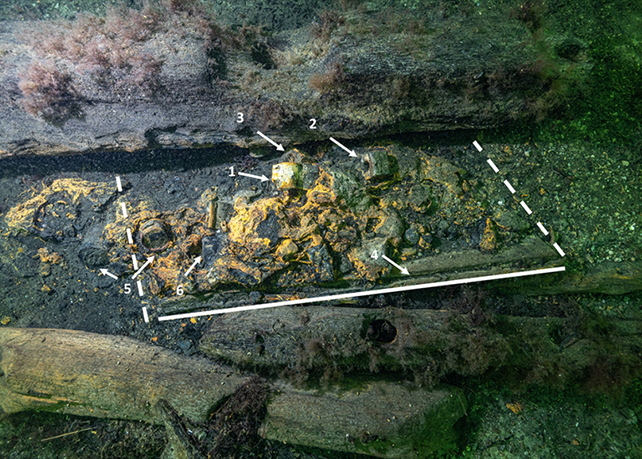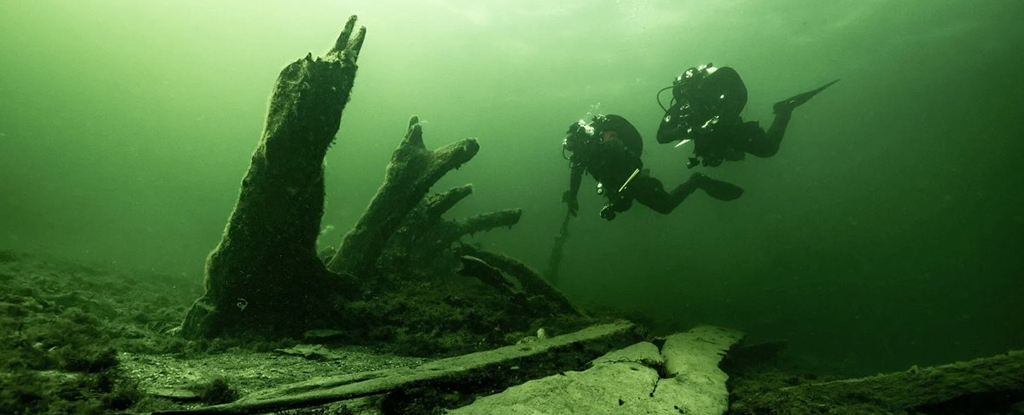Experts have produced a new report on one of the most fascinating shipwrecks of the Late Middle Ages, detailing discoveries off the Swedish coast that include a unique weapons chest and fragments of chain armor.
As you might guess, this was a military vessel: the flagship vessel of Danish-Norwegian King John Hans, called the Griffin (also known as the Griffin-Hound or Gribshunden). The king was not on the ship when a fire caused it to sink, but around a hundred German mercenaries were, possibly on their way to battle.
The relics found in the wreckage offer valuable insights into military techniques and strategy of the time, according to the team of experts working on the wreck, who are from Stockholm University and Södertörn University in Sweden.
“The ship is an important piece of the puzzle in the military revolution at sea in the Early Modern Period, in which the primary tactics shifted from hand-to-hand combat to heavy naval artillery fire,” says maritime archaeologist Rolf Warming, from Stockholm University.
Part of that revolution involved the design of warships, and the researchers have been looking carefully at the timbers of the well-preserved wreck, which are believed to have belonged to the ship’s superstructure.
A large part of the superstructure remains, the archaeologists think, including part of the ship’s elevated combat platforms – even though it’s not all still in place. That will help in ongoing efforts to try and reconstruct the ship.
Also of note are fragments of chain armor, possibly from shirts containing up to 150,000 rings and with evidence of being repaired over time. Perhaps the most important discovery, though, was a unique weapons chest containing tools and materials used for making ammunition.

The contents of the chest include a variety of molds and lead plates for manufacturing lead bullets to use in handguns – which given the timeline would’ve been some of the earliest handguns to be invented.
“The contents of the weapon chest are undeniably one of the most important finds,” says Warming. “The chest has been known since the fieldwork in 2019 but now we have documented the contents carefully with 3D.”
“It’s an ammunition tool chest – probably belonging to the German mercenaries who were on board at the time of the sinking.”
Work at the site has been ongoing since 2013, with new analysis reports appearing regularly. The researchers are keen to learn more about the role and intent of the soldiers on board, and the cause of the fire that seems to have sunk the ship.
As far as military history goes, there are details here that haven’t been found anywhere else – and that should help to fill some gaps when it comes to understanding naval warfare in Europe at the end of the 15th century.
“The ship will therefore also be compared with other important and uniquely preserved wrecks – such as Mars [1564] and Vasa [1628] – in order to understand this development,” says Warming.
If you know your Swedish, you can read the full report here.





